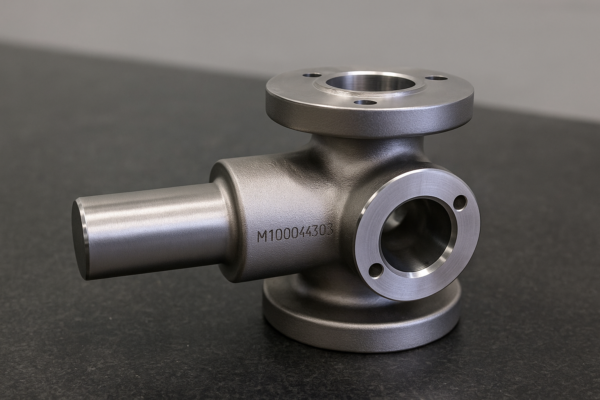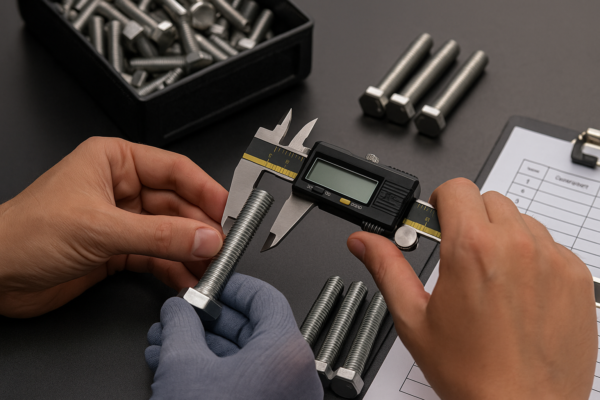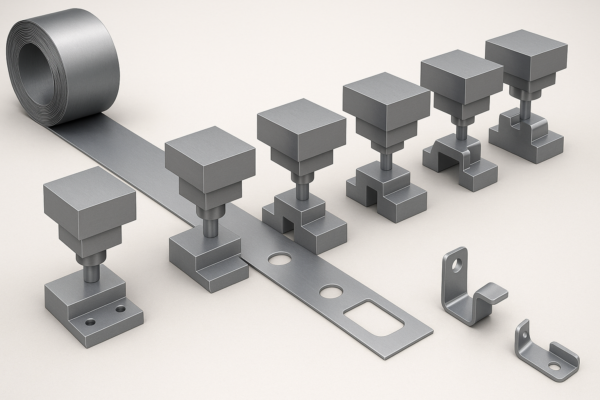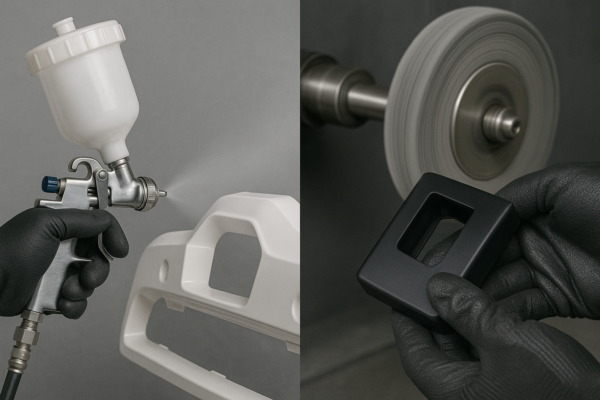Is sheet metal a hard trade to learn?

Learning sheet metal work feels overwhelming at first, but gets easier with structured practice.
Sheet metal is challenging at the beginning but becomes manageable through hands-on learning and understanding the right techniques.
Stay with me. I will explain the key skills you need and how Prime supports professionals in mastering the craft.
Is it hard to be a sheet metal worker?

Sheet metal work demands precision, patience, and physical strength. Starting out can feel tough without guidance.
Becoming a sheet metal worker requires mastering hand skills, machine operation, and technical drawings over time.
Challenges at the Beginning
Many beginners struggle with controlling materials. Metal bends easily but not always the way you expect. Measuring and cutting must be exact. Mistakes cost time and materials.
Here’s a simple table showing early challenges:
| Challenge | Why It’s Hard | How to Overcome |
|---|---|---|
| Sharp Material | High risk of cuts | Always use gloves and slow handling |
| Exact Measurements | Tiny mistakes ruin parts | Double-check every cut |
| Physical Demands | Heavy lifting, awkward positions | Build strength, use lifting aids |
| Reading Blueprints | Complex designs are common | Take drafting or CAD classes |
Personal Story
When I first started in this industry, my biggest problem was impatience. I wanted quick results. But sheet metal demands calm, steady work. Over time, I learned to slow down, plan each cut, and trust my layout.
Today, at Prime — a leading "custom stamping parts supplier" — we pass down this mindset to every trainee.
What is the basic knowledge of sheet metal?

Before working with sheet metal, you must understand material types, basic tools, and forming techniques.
Essential sheet metal knowledge includes reading measurements, using hand tools, and knowing different types of metals.
Key Concepts You Need to Master
Sheet metal work involves both theory and practice. Here are the basics:
| Concept | What You Should Know | Example |
|---|---|---|
| Material Properties | Different metals bend, cut, weld differently | Steel vs. aluminum |
| Measurement Systems | Metric and imperial measurements | 1 inch = 25.4 mm |
| Cutting Methods | Shearing, laser cutting, sawing | Choosing the right method |
| Forming Techniques | Bending, stamping, rolling | Using press brakes and rollers |
| Fastening Methods | Welding, riveting, screwing | Secure assemblies |
Dive Deeper into Materials
Not all metals behave the same. Aluminum is light but soft. Stainless steel is tough but harder to bend. Understanding this helps you choose the right material for projects.
At Prime, we offer full guidance to our clients sourcing "ISO certified casting parts manufacturer" products, ensuring the right metal is chosen for each use case.
What is the best way to learn the sheet metal trade?

Hands-on training combined with classroom instruction gives the best foundation for mastering sheet metal skills.
Learning sheet metal work is fastest through apprenticeship programs, trade schools, and constant hands-on practice.
Best Learning Paths
Everyone learns differently, but the most successful sheet metal workers usually follow these steps:
| Path | Description | Example |
|---|---|---|
| Apprenticeship | Earn while you learn under experts | 4-year programs with journeyman certification |
| Trade School | Structured, fast-paced training | 1-2 year diploma programs |
| On-the-Job Training | Entry-level positions with learning | Starting in fabrication shops |
| Online Courses | Supplemental learning for theory | CAD design, sheet metal fabrication courses |
Importance of Practice
You cannot become skilled by watching videos alone. You must cut, bend, weld, and make mistakes. That is how your hands learn.
At Prime, even our experienced operators take continuous training. That’s why our "precision CNC parts machining" team maintains world-class quality levels year after year.
Is sheet metal easy to work with?
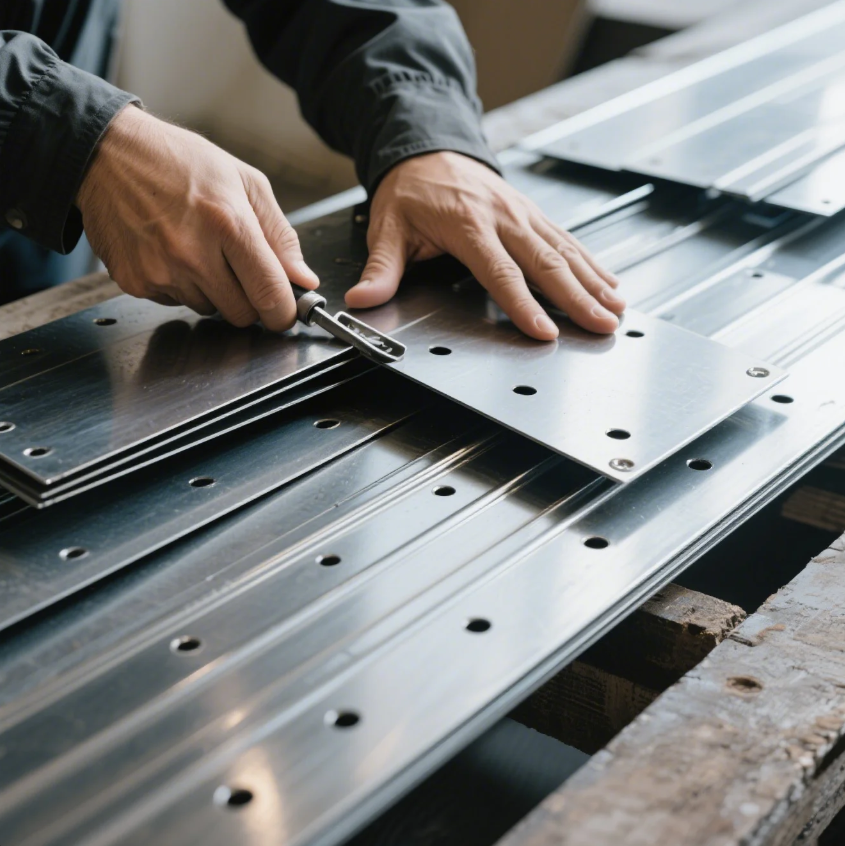
Sheet metal is predictable once you know its properties, but beginners often find it tricky to control at first.
Sheet metal becomes easy to work with after mastering material behavior, tool handling, and careful planning.
What Makes Sheet Metal Work Easier
Here’s how professionals make it look easy:
| Technique | Why It Helps | Example |
|---|---|---|
| Planning Layouts | Reduces mistakes, saves material | Full-size templates before cutting |
| Using Right Tools | Prevents warping and cracks | Specialized shears, brakes, rollers |
| Controlling Heat | Avoids distortion in welding | Use clamps, allow cooling time |
| Practicing Good Posture | Prevents injuries and improves quality | Working at correct heights |
Real-Life Examples
At Prime’s facilities, we constantly refine our processes. For example, when creating "custom stamping parts," our team uses automated feeding systems to keep sheets flat and reduce handling errors. This way, we can guarantee precise results even for large-volume orders.
I remember one specific project for a European client — a small misalignment of only 1 mm caused huge issues during their assembly. We quickly adapted by redesigning the stamping dies, proving that understanding sheet behavior is key.
Conclusion
Learning sheet metal work is challenging at first but rewarding with patience and practice. Contact Prime today for expert solutions, fast delivery, and consistent quality in custom metal parts!
———

